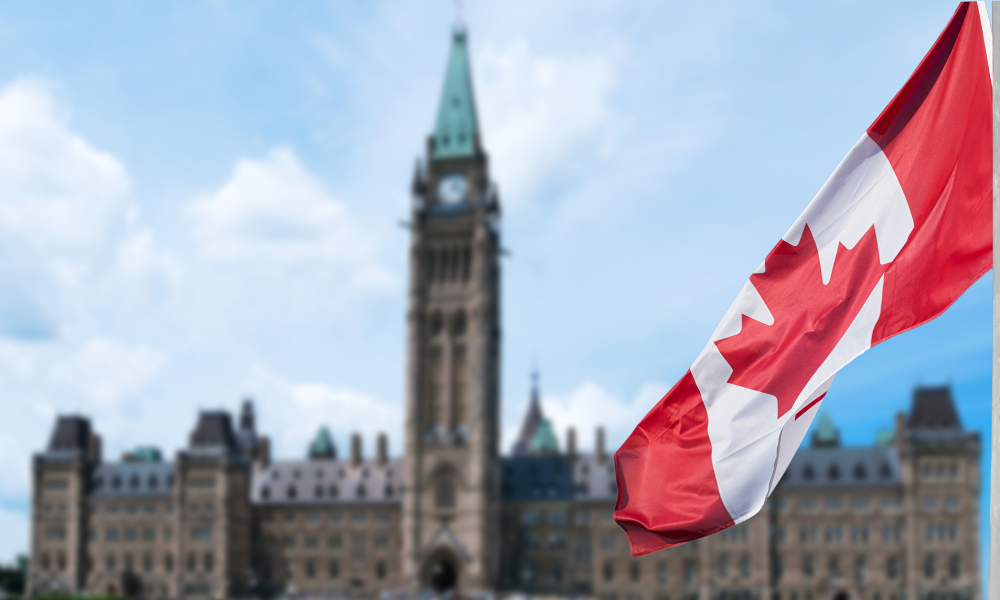Economists expect issue-by-issue brokering as Liberals navigate minority rule and party demands

A recent survey of energy executives and institutional investors, cited by Financial Post, found that the election results were unlikely to improve oil and gas investment prospects in the near term.
According to BMO economists Robert Kavcic and Benjamin Reitzes, distrust over the Liberal government’s energy policies—including the Impact Assessment Act and federal emissions cap—remains.
They said the minority status “opens up the possibility that more priorities need to be funded in order to garner support,” despite Carney’s campaign pledge to “build Canada strong.”
Economists expect Prime Minister Mark Carney’s minority Liberal government to seek issue-by-issue support rather than enter into a coalition, like the previous Liberal-NDP agreement under Justin Trudeau.
BMO said, “there is enough overlap between the Liberal platform and each of the three other main parties that compromise can be found.”
TD Bank economists, led by Beata Caranci, said, “Minority governments tend to have shorter terms, so it is crucial that the broader interests of Canada prevail.”
They added that the Liberals now face the challenge of balancing US administration demands with domestic political pressures, as “the rubber hits the road on collaboration and negotiations.”
Economic outlook and fiscal strategy
Oxford Economics’ Tony Stillo said the Liberals’ costed platform includes $77bn in new fiscal support over four years—mostly on the spending side—equivalent to 2.5 percent of the economy.
This includes defence, infrastructure, and housing spending, along with personal and corporate tax cuts.
He said the measures “will buffer” an expected recession, but not prevent it entirely.
Stillo expects the economy to contract over the next three quarters, though “shorter and less deep” than previously forecast. He added the Bank of Canada is likely to maintain current rates as fiscal policy takes on more of the “heavy lifting.”
He said the Liberals' platform revives an earlier proposal to accelerate capital depreciation to incentivise business investment, but that ongoing uncertainty from the US trade war continues to affect private investment.
Stillo said the Liberals will need support from the NDP or Bloc to pass their budget, which may prompt them to “re-prioritise” long-term plans in favour of short-term income supports.
“We will see some strong support for the economy in the upcoming budget,” he said.
Five policy areas that may offer overlap
Deficits:
Kavcic and Reitzes noted the projected federal deficit will widen sharply under the Liberals, hitting $62.3bn in FY25/26 (two percent of GDP), up from $42.2bn in the fall economic statement.
All major parties proposed deficit spending: the Conservatives forecasted a $31.4bn shortfall (one percent of GDP), the NDP proposed $53.1bn, and the Bloc $56.7bn.
BMO said the Liberal forecast assumes 1.7 percent GDP growth, while they expect 0.7 percent.
Housing:
All parties proposed housing targets beyond current industry capacity. The Liberals aim to build 500,000 homes annually, the Conservatives 2.3 million over five years, and the NDP three million.
CMHC estimated 240,000 completions in 2023, with capacity for 400,000 annually.
The Liberals and Conservatives both proposed GST cuts on new home sales, while the NDP called for CMHC to offer low-interest, public-backed mortgages.
Both the Liberals and NDP supported using Crown land for housing, though the NDP proposed it be rent-controlled.
Taxes:
TD Economics noted that “both the Conservatives and Liberals included tax cuts as part of their platforms, with only minor differences between them.”
The Liberals proposed cutting the lowest bracket to 14 percent from 15 percent, while the Conservatives proposed 12.75 percent.
The NDP proposed raising the untaxed income threshold to $19,500 from $16,129. BMO noted the Bloc is focused on “relief for seniors.”
Defence:
The Liberals committed to spending two percent of GDP on defence by 2030, or $24.9bn according to the Parliamentary Budget Office.
TD economists said NATO’s benchmark could rise to three percent, which could leave the Liberals “in catch-up mode.”
The Conservatives proposed a $25bn plan with a similar timeline; the NDP suggested reaching the NATO target by 2032. Canada’s defence spending is projected at 1.4 percent of GDP in 2024–25.
Tariffs:
The Trump administration’s trade war helped revive Liberal electoral chances, and all major parties proposed countermeasures.
The Conservatives supported continuing retaliatory tariffs on US$60bn of US imports.
The Liberals proposed a $2bn fund to help the automotive sector build skills, while the Conservatives pledged to cut GST on Canadian-made vehicles as long as US tariffs remain.
The NDP proposed similar measures and backed retaliatory tariffs.



